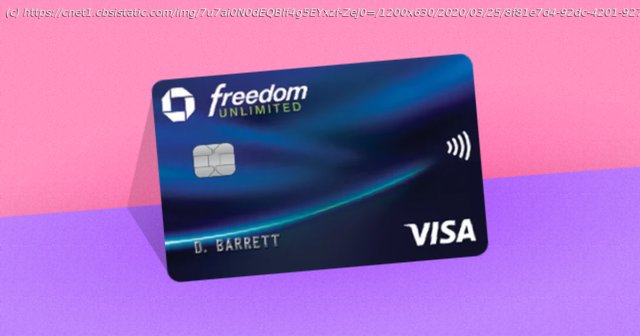Among the growing abundance of rewards credit cards available today, the best credit cards with cash back stand out for their simplicity. When you use a cash …
Among the growing abundance of rewards credit cards available today, the best credit cards with cash back stand out for their simplicity. When you use a cash back card, the rewards you generate don’t need to be converted, transferred or strategically redeemed to maximize value — you simply get bonus cash as a deposit into a designated bank account or as a statement credit on your monthly bill. Hassle-free, cash back rewards usually get automatically applied to your balance by credit card issuers after one or two billing cycles and — depending on your spending — can put a lot of money back in your wallet. Most consumers can earn anywhere from 2% to 5% overall using one of the best cards. So, if you spend $15,000 annually, that would translate to between $300 and $600 a year of cash back rewards. The benefit of cash back cards is that they make it easy to earn rewards with less effort by getting a percentage of cash back when you spend in various categories, such as groceries, restaurants or gasoline. But some offer fewer rewards than certain reward credit cards, including those made specifically for travel. Read more: Best tax software for 2020: TurboTax, H&R Block, TaxSlayer and more To figure out which cards make sense for you, I’ve chosen eight high-value options from the crowded market. Some are no-fee, flat-rate credit cards that earn the same amount on all purchases. Some offer a sign-up bonus reward as well as cash back. Some are limited to specific spending categories (such as groceries, dining, gas, transit or travel) but have a higher rewards rate, while others charge an annual fee. I’ve also outlined important information for each card, including whether it has a transfer fee, bonus redemption thresholds and introductory APR. I also mention general credit requirements for eligibility. I’ve organized the list by group, starting with the most straightforward cluster and ending with the ones with the most complicated reward structures. To approximate the value of each card for an individual and assess which spending situations make sense for each, I used data from the Bureau of Labor Statistics’ Consumer Expenditure Survey. From this point on, we’re getting into the strategic territory, so I’ll be evaluating cards based on how and when you use them. All of the remaining cards have different cash back percentages based on the type of purchase, so different spending habits will net different results. While there may be a card or two that makes sense as your only card, most of these will be best when paired with other cash back cards so you’re not making too many purchases outside of a bonus category. While Netflix doesn’t have a credit card (yet), most of the other FAANG group members have made significant efforts in recent years to channel payments through their systems. Facebook is going the cryptocurrency route, Google Pay is a thing and now both Amazon and Apple have their own cash back credit cards. Even Verizon is getting into the credit card game. Ah, now we’re getting deep into each cash back credit card. These two cards will rarely be your one-and-only cards, unless your overall spending is heavily tilted toward one category. However, they can get you 2% to 4% extra on certain categories, making them worth the annual fee if you hit certain spending thresholds in those categories. With a $95 annual fee for each card, you need to be a little more circumspect when deciding if a card is worth it. Usually, having extra cards in your wallet carries little downside (unless you’re not paying them off each month) and even helps your credit score by increasing your total available credit. But with these fee cards, you’re charged the $95 every year regardless of how much you use it, so take a beat to ensure it makes sense before applying. I recommend two in this category: The Capital One Savor card, which is great for dining and entertainment and the Blue Cash Preferred card from American Express for groceries. Both offer a decent sign-on bonus ($250 and $300, respectively), but the Blue Cash Preferred threshold is much easier to hit ($1,000 in spending in the first three months, vs. $3,000 in spending in the first three months for the Savor). To determine the best cash back credit cards, we researched 18 popular cards and looked for those that offer the best overall financial value. This means we look at net overall value for each rewards credit card, rather than prioritizing perks or offers that quickly lose value after the initial sign-up. In the end, the rewards credit card with the largest sign-on offer will not always be deemed the best card. We prioritized the cash back credit cards that reward broad spending categories where Americans tend to spend significant amounts of money (like dining, travel and grocery shopping), instead of narrow categories like streaming services or “home improvement.” Then we compared reward offerings with potential returns based on hypothetical spending budgets.






